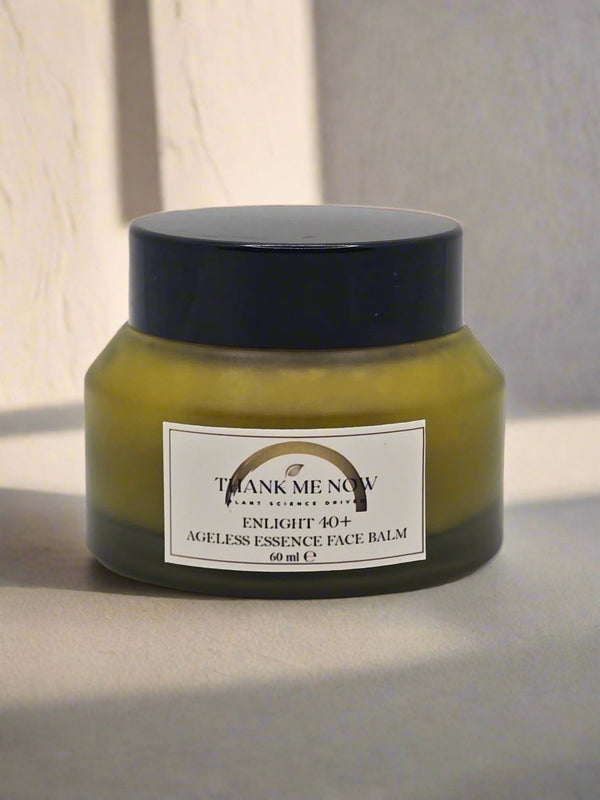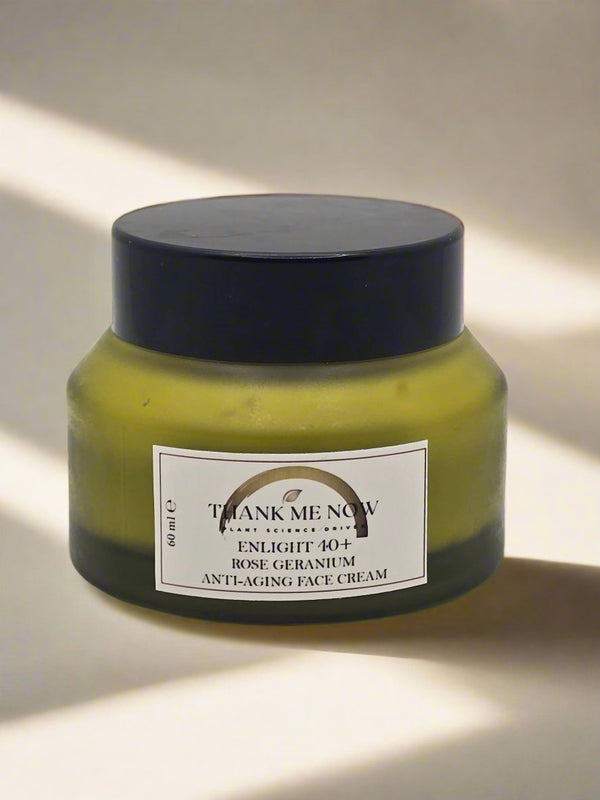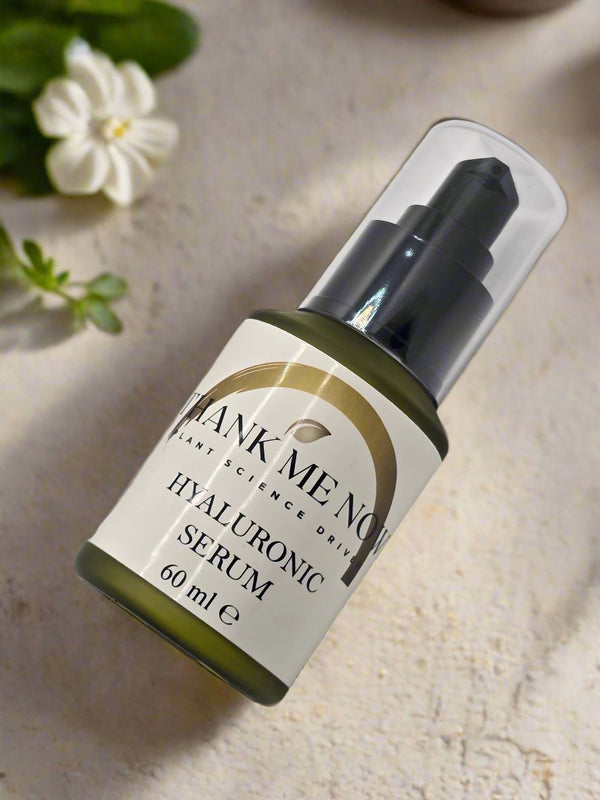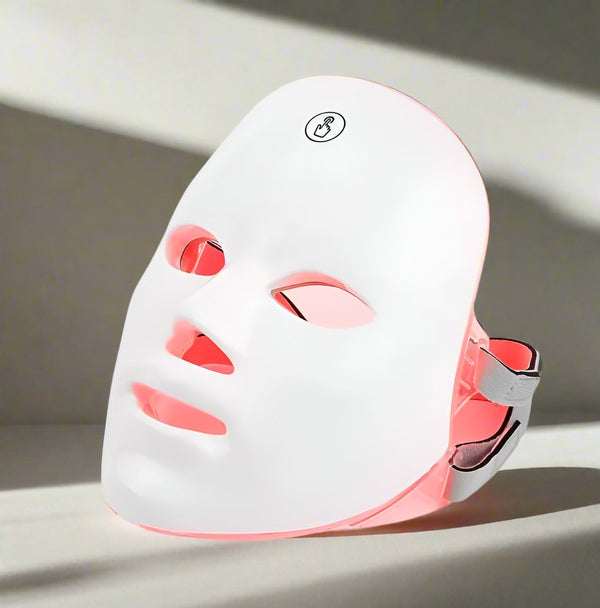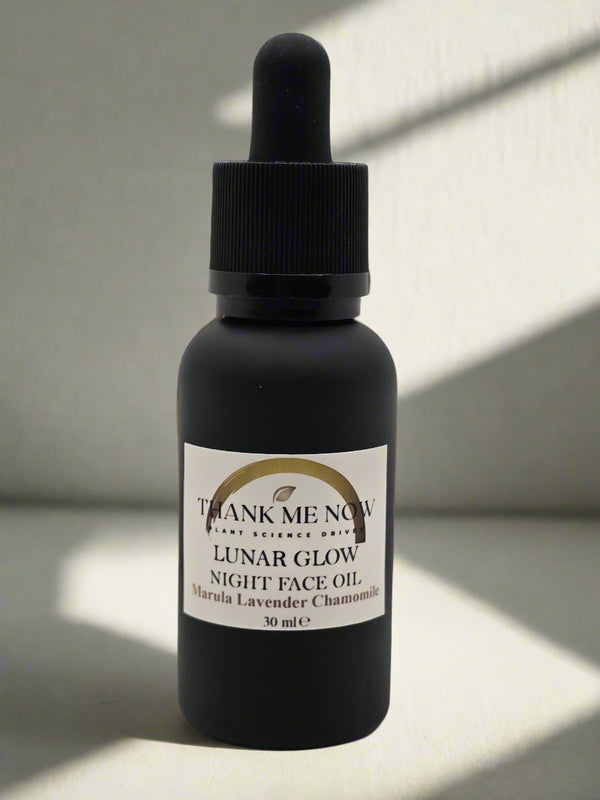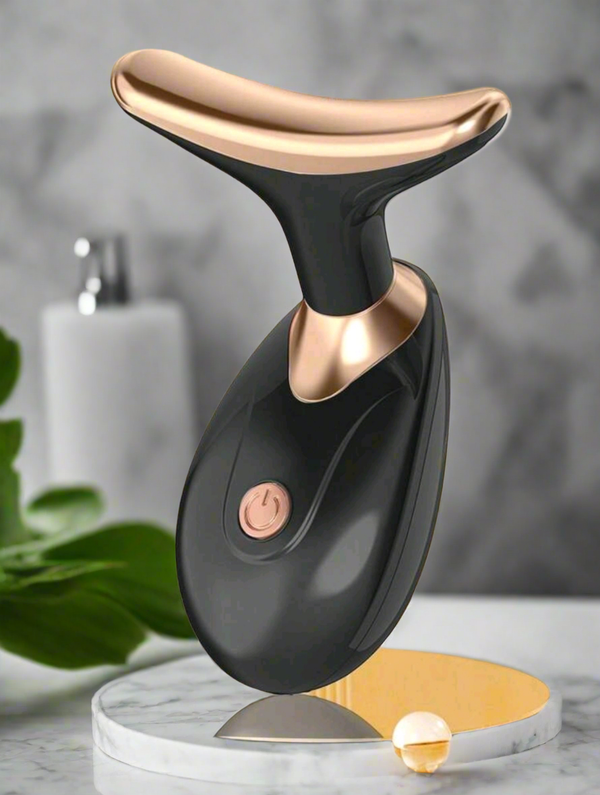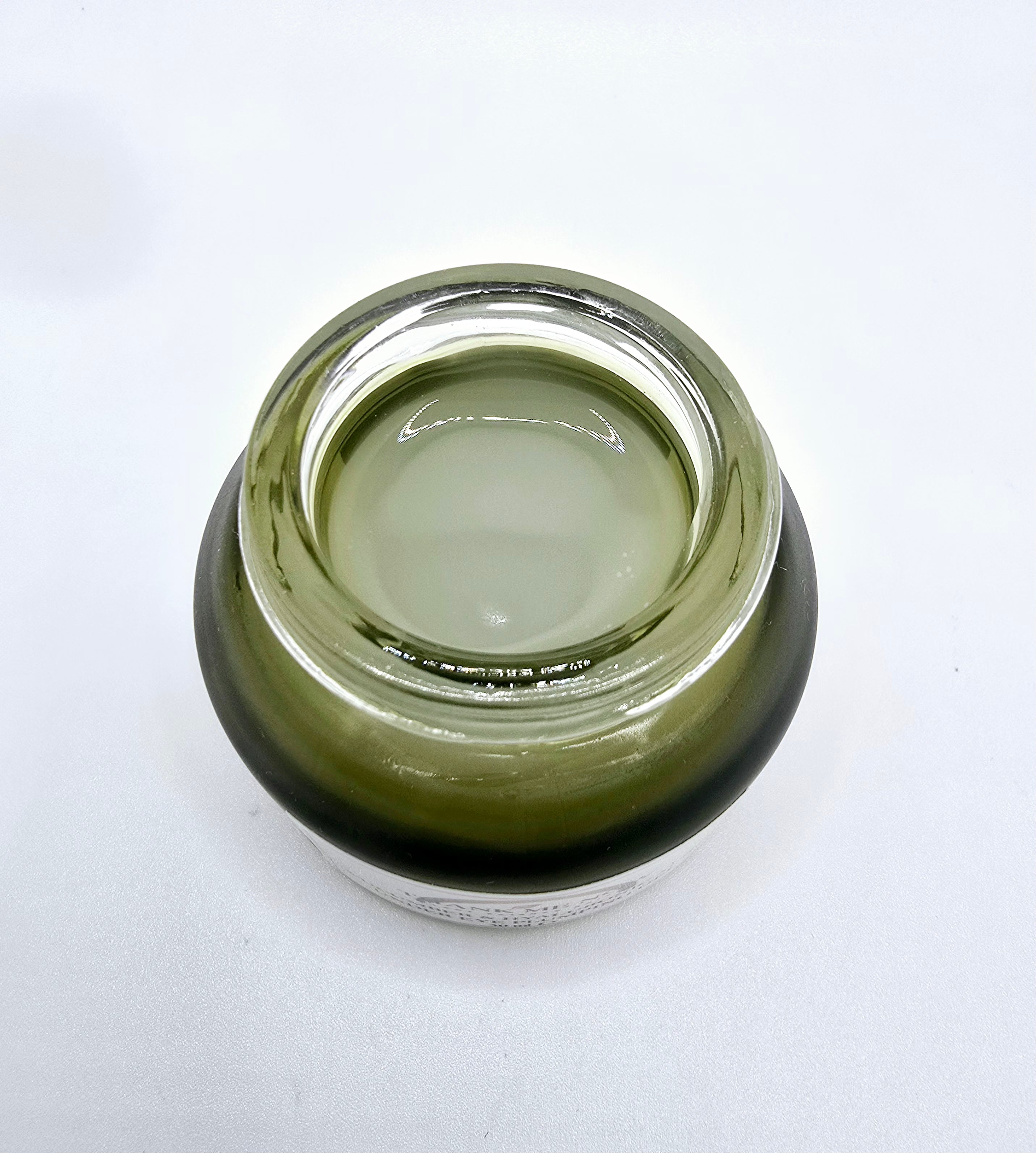
Overview
Peptides are short chains of amino acids that act as powerful signaling ingredients, sending messages to your skin to produce more collagen and elastin — the proteins responsible for firmness, elasticity, and a youthful glow. They help smooth fine lines, improve skin texture, and support long-term skin repair and resilience.
Meanwhile, retinol is a potent retinoid active derived from Vitamin A, renowned for its cell-renewing and anti-aging effects. It works deep within the skin to accelerate cell turnover, fade dark spots, boost collagen, and reduce wrinkles. While peptides are gentle and safe for all skin types, retinol provides stronger, visible results — though it may require gradual introduction for sensitive or first-time users (PubMed).
Using Together
Combining peptides and retinol in your skincare routine can deliver exceptional anti-aging and skin-repairing benefits when layered correctly. A balanced approach is to use peptides in the morning (AM) for hydration and barrier support, and retinol at night (PM) to boost cell renewal while you sleep. This technique maximizes results and minimizes irritation (DermNet NZ).
After applying retinol, follow with a nourishing moisturizer to reduce dryness and lock in hydration. Always wear sunscreen during the day, as retinol can increase sun sensitivity. Over time, this duo helps refine skin texture, smooth fine lines, and reveal a visibly youthful complexion — a perfect balance of strength and care.
Related Ingredients
- Retinol – Learn about its collagen-boosting and anti-aging properties.
- Peptides (e.g., Matrixyl) – Explore how they strengthen and firm your skin barrier.
- Retinol (Vitamin A) – Discover why dermatologists call it the gold standard of skincare.
References
- Clinical efficacy of topical peptides in skin rejuvenation – PubMed
- Topical Retinoids – DermNet NZ
- Comparative effects of retinoids and peptides on skin aging – PubMed
Shop products with Anti ageing

